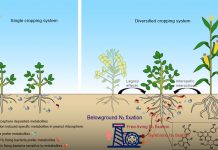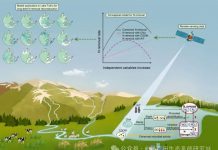Qi Long Zeng Rong Fu Chen Xue Qiang Zhao Ren Fang Shen Akira Noguchi Fumie Shinmachi and
Isao Hasegawa. Aluminum could be transported via phloem in Camellia oleifera Abel. Tree Physiol 2012 doi: 10.1093-treephys-tps117.
Abstract
Aluminum (Al) accumulation and long-distance transport in oil tea (Camellia oleifera Abel.) known to be an Al accumulator was investigated. The average Al concentration in the embryo of oil tea seeds was 389 mg Al kg−1 dry weight which was higher than seeds of other Al accumulators. By partially suppressing leaf transpiration in the field Al accumulation in leaves was depressed which clarified the importance of xylem transport to Al accumulation in leaves. However the effects of xylem transport alone could not sufficiently explain the high Al accumulation in the seasons when the leaf transpiration is weak which hints the necessity of phloem transport working. Aluminum content in phloem exudates of barks provides another evidence of phloem transport. Images from scanning electron microscopy and energy-dispersive analysis also showed that Al was present in the phloem of oil tea petioles. Aluminum in oil tea could also be redistributed: higher concentrations of Al were found in leaves when Al was supplied to a different leaf of the same plant. In addition Al was present in newly emerging roots of oil tea seedlings in which all original roots were excised prior to treatment and a positive correlation existed between Al content in the newly formed roots and that in the leaves. The results using the empty seed coat technique showed that Al unloading via the phloem occurred during seed development. In conclusion the results demonstrated that Al could be redistributed between leaves from seeds to leaves leaves to roots and leaves to seeds which indicates that Al can be transported via the phloem in oil tea.







